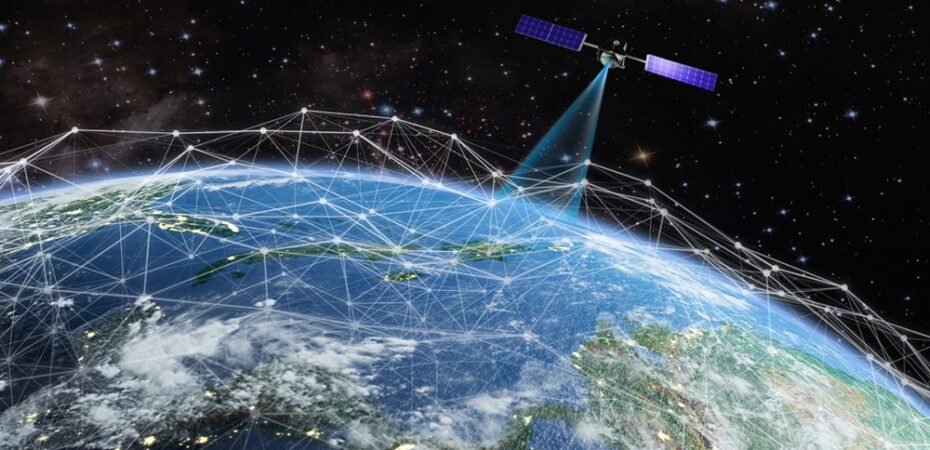With success that SpaceX’s Starlink has experienced, demand for increasing connectivity via satellite has soared, particularly in Asia. This technology has the potential of bringing Wi-Fi to planes and aligns with increased travel seen since the end of COVID-19 quarantining. With the increased demand, many companies are filling the void to provide network capacity, including Viasat, which has plans to launch a Viasat-3 satellite specifically for Asia.
Given the increased demand and market, the situation highlights the need for collaboration among nations and corporations. Conflict could arise without set standards. Subsequent competition may cause worrisome conflict in orbits and frequency bands used by increased number of satellites. Furthermore, conflict can arise from companies to providing networks for nation-states that censor the network. With all of these tensions amidst increasing reliance on satellite internet connectivity, the need to secure satellites from cyberattacks has escalated. Such satellites are vulnerable to interference from the hundreds of other satellites using the same orbit or frequencies and malicious attacks from competitors. If compromised, effects can be devastating as millions rely on such technology. This highlights the need for effective cybersecurity standards and protocol to be developed.
